TLDR Platelet-rich plasma helps human hair cells grow and survive better.
The study demonstrated that platelet-rich plasma (PRP) significantly promoted the viability and proliferation of human hair dermal papilla cells (HHDPCs) in vitro, particularly at a 5% concentration. PRP also increased the expression of alkaline phosphatase (ALP) and versican at both mRNA and protein levels. The study involved 8 healthy volunteers and used MTT assays, qRT-PCR, and Western blot analysis. These findings suggested that PRP could be a potential therapeutic tool for promoting hair follicle regeneration and treating alopecia, although further research is needed to identify the specific growth factors responsible for these effects.
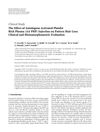 183 citations
,
January 2014 in “BioMed Research International”
183 citations
,
January 2014 in “BioMed Research International” AA-PRP injections effectively increase hair count and thickness for male pattern hair loss.
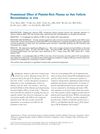 63 citations
,
October 2013 in “Dermatologic Surgery”
63 citations
,
October 2013 in “Dermatologic Surgery” Platelet-Rich Plasma (PRP) increases the number of new hair follicles and speeds up hair formation.
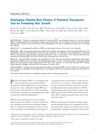 270 citations
,
March 2012 in “Dermatologic Surgery”
270 citations
,
March 2012 in “Dermatologic Surgery” Platelet-rich plasma can potentially promote hair growth by stimulating cell growth and increasing certain proteins.
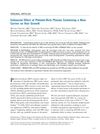 166 citations
,
August 2011 in “Dermatologic Surgery”
166 citations
,
August 2011 in “Dermatologic Surgery” Platelet-rich plasma with a new carrier significantly increases hair thickness without serious side effects.
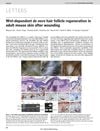 829 citations
,
May 2007 in “Nature”
829 citations
,
May 2007 in “Nature” Hair follicles can regrow in wounded adult mouse skin using a process like embryo development.
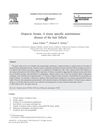 185 citations
,
August 2005 in “Autoimmunity Reviews”
185 citations
,
August 2005 in “Autoimmunity Reviews” Alopecia areata is an autoimmune condition causing hair loss due to the immune system attacking hair follicles, often influenced by genetics and stress.
Platelet-rich plasma helps human hair cells grow and survive better.






